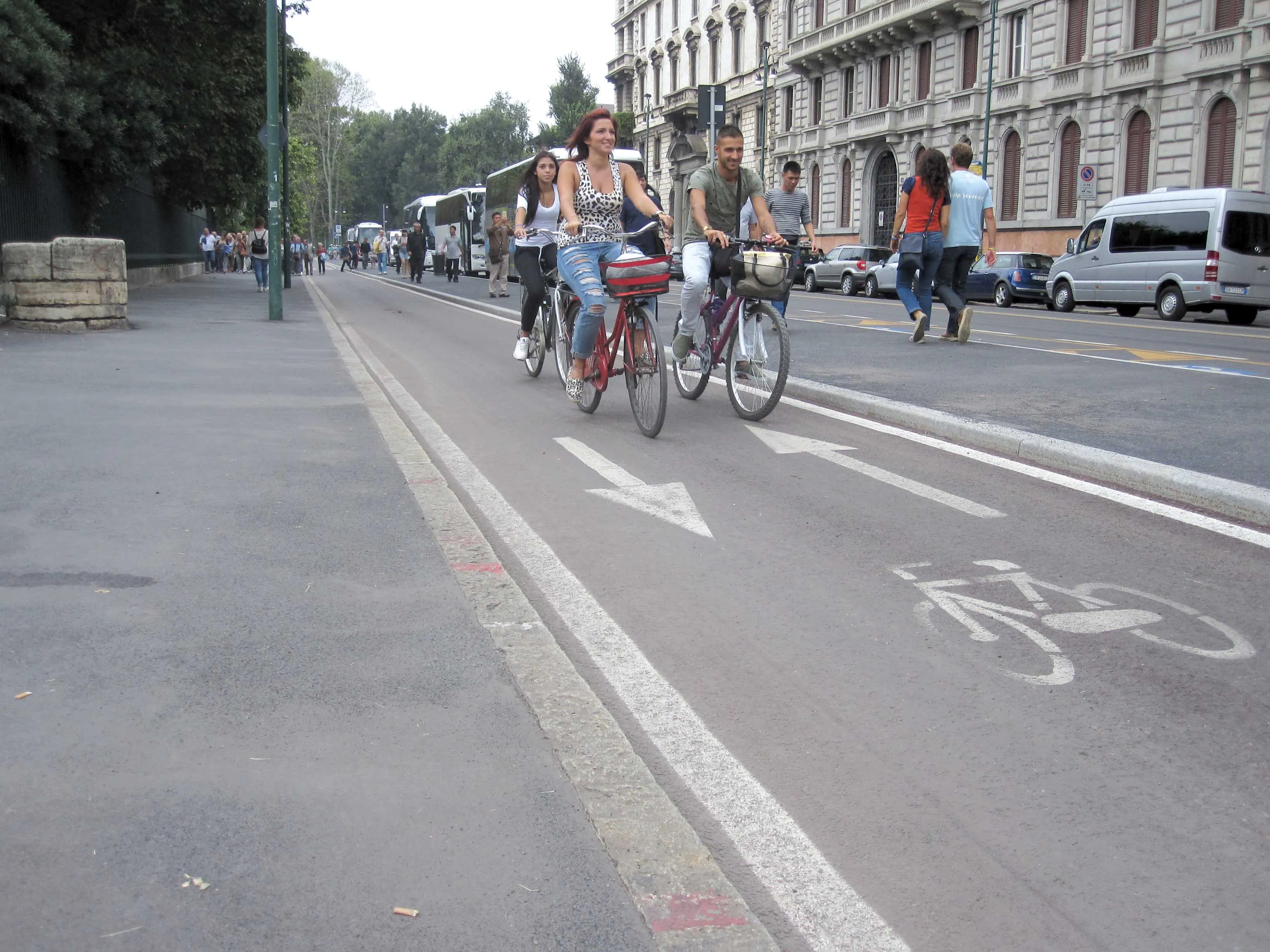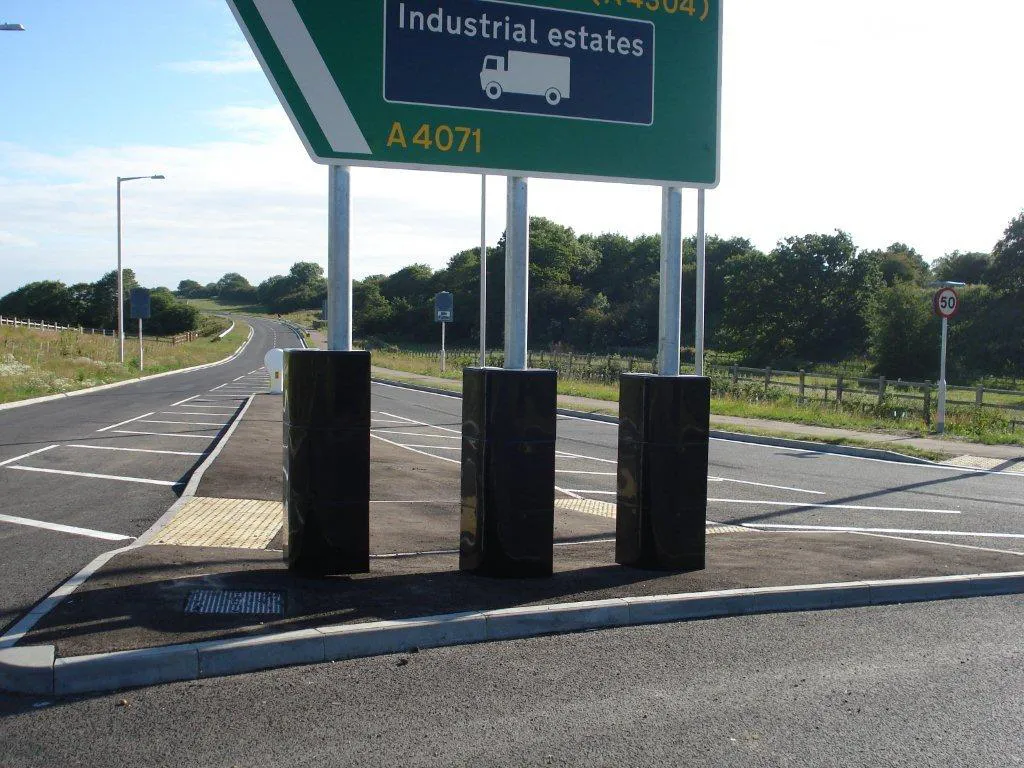Research published by the Transport Research Laboratory (TRL) reinstates past reports that young drivers continue to represent the biggest road safety challenge in terms of crash risk. Meanwhile older drivers are characterised in as being more cautious and able to adapt their driving styles in response to reduced driving-related capabilities. This process is referred to as “self-regulation”. However, whilst collision rates of older drivers may generally be low, the analyses of injury statistics in Great Bri
December 11, 2015
Read time: 2 mins
Research published by the Transport Research Laboratory (777 TRL) reinstates past reports that young drivers continue to represent the biggest road safety challenge in terms of crash risk. Meanwhile older drivers are characterised in as being more cautious and able to adapt their driving styles in response to reduced driving-related capabilities. This process is referred to as “self-regulation”. However, whilst collision rates of older drivers may generally be low, the analyses of injury statistics in Great Britain (Lang, 2015) and other countries (OECD, 2001; Hakamies-Blomqvist, 1993; McGwin & Brown, 1999; Clarke, 2010) consistently find specific patterns of collisions for older drivers. This study sheds light on a process described as being effective in limiting older drivers’ collision involvement, but which is only poorly understand. The report posed the question how far a lack of calibration is a problem for young and older drivers. This can suggest measures that may improve the performance of older drivers through training.







